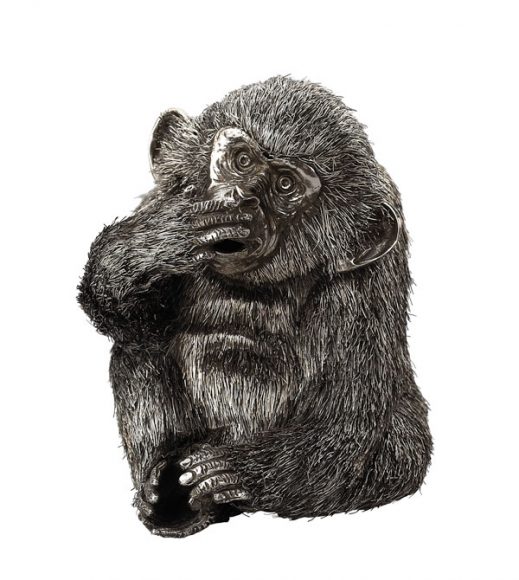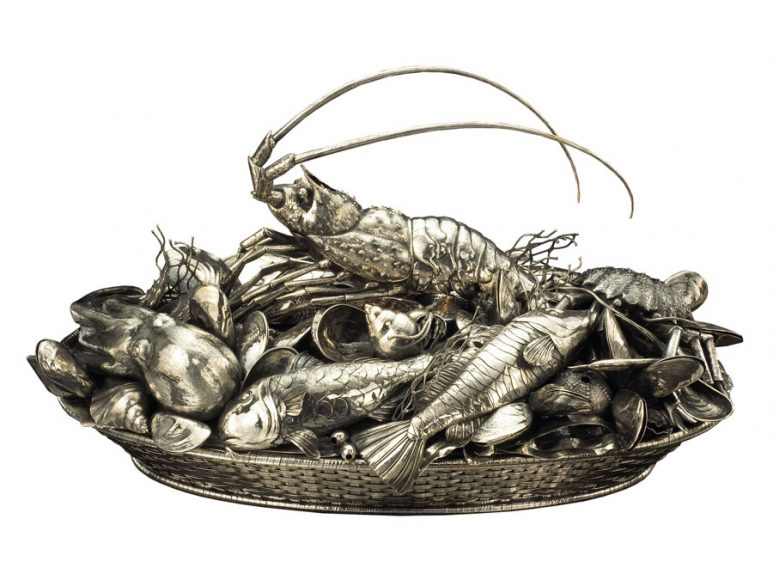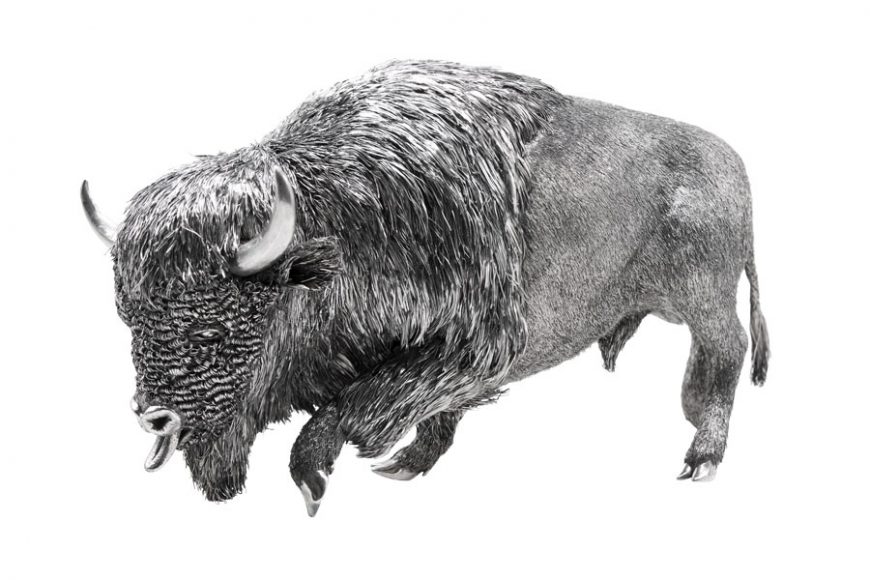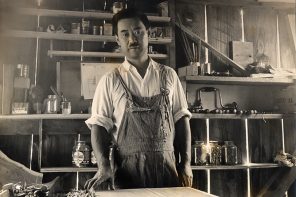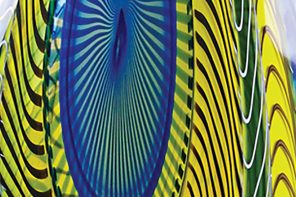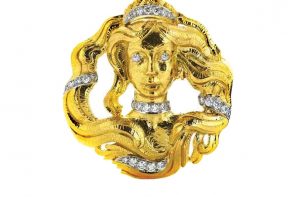When you think of Buccellati — the Italian jeweler and silversmith — what comes to mind are boldly colored gemstones set against textured gold that resembles lace, linen and other precious fabrics. But the firm is equally well-known for its silverwork, especially its realistic “fur”-clad animal sculptures. Like a Hermès bag, the distinctive appearance of these animals immediately telegraphs Buccellati as their maker.
The animals were the brainchild of Mario Buccellati (1891-1965), nicknamed the “Prince of Goldsmiths.” Buccellati began his apprenticeship at age 12 with the Italian jeweler Beltrami & Besnati. In 1919, he opened his first jewelry store in Milan and then expanded to Rome and Florence. In 1951, Buccellati expanded his business to the United States, opening stores in New York City and later Palm Beach. He had five sons, most of whom became involved in the business after his death. But it was son Gianmaria (1929-2015), who was the great creative force and led the firm to its worldwide expansion.
The company’s works have been the subject of exhibitions at the Smithsonian Institution (2000) and the Moscow Kremlin Museums (2008). Today, the Gianmaria Buccellati Foundation holds works and drawings by both Mario and Gianmaria Buccellati. Buccellati’s animals are also the subject of their own permanent exhibition at the Huntsville Museum of Art in Alabama.
Silver has always been a significant part of the firm’s production and Buccellati drew inspiration from Italy’s rich cultural heritage, be it classical, Renaissance or baroque. This can be seen in the reproductions of Etruscan silver treasures, the fruit-form centerpiece baskets inspired by Old Master still lifes and the marine-form silver inspired by baroque fountains. Also typical of the firm’s works are myriad fruit, flower and leaf-form silver vessels, vases engraved with textured surfaces and inset with hardstones, and boxes engraved with architectural views or religious imagery.
But it is the animals — from timid dogs to ferocious wild boars — that garner the greatest attention. Buccellati animals were first made in clay, in order to render them with the greatest realism and then built in silver by sections. The fur is created from sheets of silver, portions of which were shredded into hundreds of strands to resemble fur, then soldered piece by piece to create the animal’s coat. The process is known as “lavorazione a pelo” or “hair-like workmanship.” The fur can be fashioned to mimic the coarse bristles of a wild boar or the “soft” fur of a chick, yet the strands are uniformly sharp (and have been known to draw blood when handled). Over time, the silver fur oxidizes and the works take on beautiful, darker patina.
A feathering technique is used to create Buccellati’s avian creatures, which can range in size from a chickadee to a life-sized pelican or flamingo. Some of the most compelling sculptures depict wild animals — a snarling wolf, a roaring bear. While many of the animals are strictly sculptural, some have been fashioned into wine coolers.
Another rich vein of inspiration is the aquatic world. Buccellati has produced still-life baskets of fish, silver-coated shells, nautiluses, and octopuses as well as shell-form bowls and extravagant tableaux of battling sea creatures. One of Buccellati’s most iconic marine pieces is a fluted bowl set with 10 seahorse feet.
Buccellati animals are still in production and are available through the firm, and locally through R&M Woodrow Jewelers in Rye and Betteridge in Greenwich. There is also an active market at auction, where some of the earlier or more unusual animals can bring record amounts. Recently, a tortoise tureen designed by Gianmaria Buccellati brought $45,000, a 5-foot high flamingo realized nearly $90,000 and a marine-themed centerpiece basket designed by Mario Buccellati brought $200,000.
For lovers of animals and fine craftsmanship, however, they are all simply priceless.
Jennifer Pitman writes about the jewelry, fine art and modern design she encounters as Rago Arts and Auction’s senior account manager for Westchester and Connecticut. For more, contact her at jenny@ragoarts.com or 917 745 2730.

